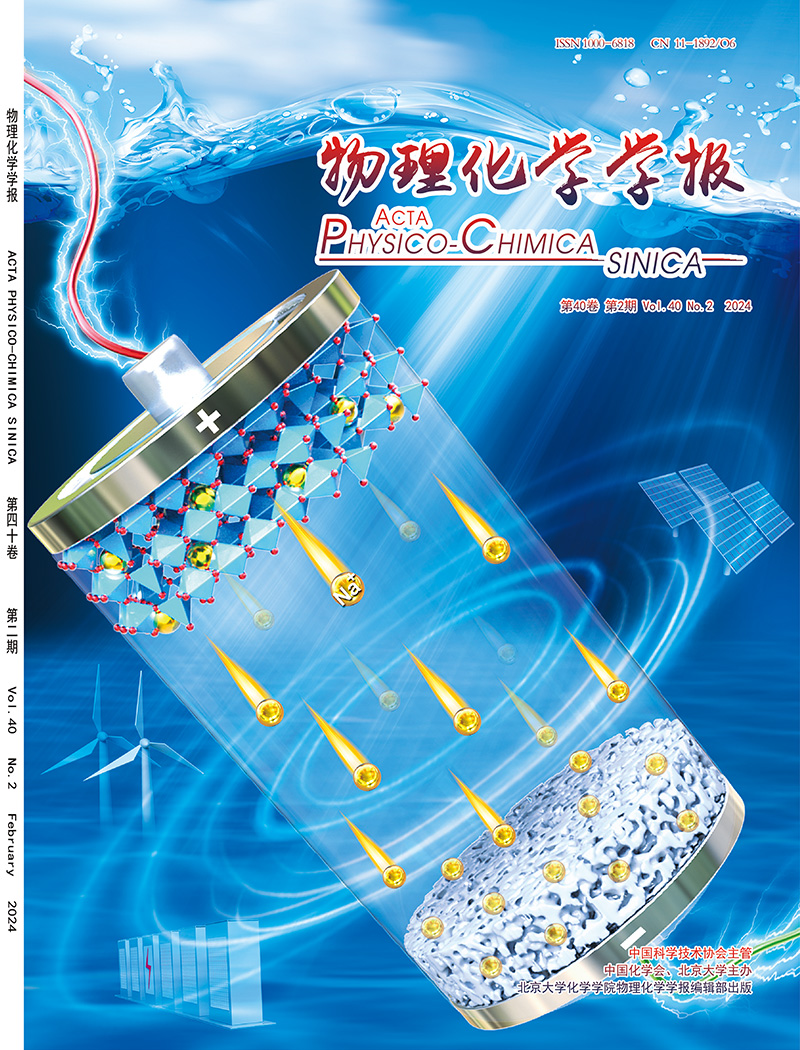Spontaneously Improved Adsorption of H2O and Its Intermediates on Electron-Deficient Mn(3+δ)+ for Efficient Photocatalytic H2O2 Production
IF 10.8
2区 化学
Q1 CHEMISTRY, PHYSICAL
引用次数: 0
Abstract
Transitional metal oxyhydroxides have been demonstrated to be the reliable cocatalysts for water oxidation reaction. However, their insufficient adsorption ability for H2O and its intermediate products during water oxidation greatly restricts the improvement of water oxidation rate. In this study, a spontaneously improved adsorption of H2O and its intermediates on the electron-deficient Mn(3+δ)+ of MnOOH cocatalyst can greatly promote the rapid water oxidation to realize the efficient photocatalytic H2O2 production in a pure water system. In this case, amorphous MnOOH is selectively deposited on the (110) facet of AuPd-modified single-crystal BiVO4 photocatalyst via the directionally photoinduced oxidation approach to produce AuPd/BiVO4/MnOOH photocatalyst. Photocatalytic experiments exhibit that the as-prepared AuPd/BiVO4/MnOOH (0.5%) photocatalyst obtains the boosted H2O2-evolution rate of 214 μmol∙L−1 as well as exhibits an outstanding stability and reproducibility. Density functional theory calculations and X-ray photoelectron spectroscopy (XPS) characterization reveal that the free electrons of MnOOH can effectively transfer to BiVO4 to induce the generation of electron-deficient Mn sites (Mn(3+δ)+), which spontaneously promotes the adsorption of H2O and its intermediates for enhancing 4-electron water oxidation reaction, resulting in an efficient H2O2 production. The present work about the strong interaction between cocatalyst and bulk catalyst provides a fresh idea for the rational design of highly efficient catalytic materials.
- Download: Download high-res image (103KB)
- Download: Download full-size image
求助全文
约1分钟内获得全文
求助全文

 求助内容:
求助内容: 应助结果提醒方式:
应助结果提醒方式:


